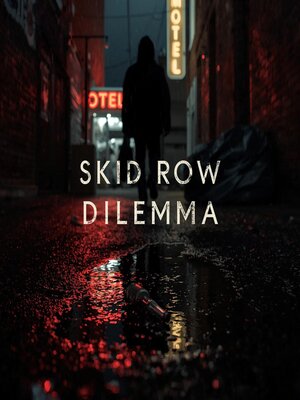
Sign up to save your library
With an OverDrive account, you can save your favorite libraries for at-a-glance information about availability. Find out more about OverDrive accounts.
Find this title in Libby, the library reading app by OverDrive.



Search for a digital library with this title
Title found at these libraries:
| Library Name | Distance |
|---|---|
| Loading... |
This text depicts Skid Row as a visceral, ninety-block "empire of despair," less a place than a state of being. It is portrayed as the open, festering wound of a neglectful city, where the architecture is one of transience: tents, tarps, and shopping carts serving as fragile barriers against the abyss. Life here is a downward spiral measured in cycles of suffering, powered by an economy of addiction where open-air drug markets and shadow trades like prostitution thrive, all underpinned by systemic corruption and indifference.
The inhabitants are mapped by their journeys: perpetual vagabonds and unmoored "rovers," their bodies etched with untold stories. Crime is a constant hum, and law enforcement is a fleeting, ineffective tide. The narrative centers on the psychological "Door of No Return," a threshold crossed into a country where the past is a ghost and the future is sealed. While capturing the sovereign terror of the nights and the overwhelming hunger of the place, it notes degraded flickers of persisting humanity. Ultimately, this is an impossible dilemma: a trap for its inhabitants and a paralysis for the city, symbolizing a modern empire's fall through abandonment. The gleaming towers nearby are a lie; the truth is in the filth and faces of the forgotten, with the greatest vice being the willful blindness of those who choose not to look.







